Commercial Printing: What does “Halftone” mean?

estimated reading time: 4 minutes
What is a Halftone?
A Halftone refers to a printing technique that simulates continuous
tone images - such as photographs - using a pattern of ink dots. Varying the
size and spacing of the dots creates the illusion of gradients and shades
within the design, with larger dots representing darker areas and smaller dots representing
lighter areas. Almost all commercial printing presses produce images using the
halftone technique.
Digital Images vs Printed Images
To better understand why commercial printing presses use halftones
to create images, it will help to do a quick review of the difference between digital
images and printed images.
Digital images, like those that appear on computer monitors or
cell phone screens, are composed of tiny illuminated squares called pixels. Each
pixel can emit different wavelengths of light, thus providing a wide spectrum of colors and shades from which digital images can be created.
Also, adjusting the color intensity across adjacent pixels allows the colors
within an image to gradually transition from one shade to another. The smooth color
gradients from one pixel to the next are why digital images are considered to
be full-tone images.
Printed images, unlike digital images, do not have as wide a color gamut with which to work. Most commercial printing presses
use only four ink colors - Cyan, Magenta, Yellow, and Black. These four ink
colors are known collectively as CMYK process printing, the industry standard
for producing full color printing. Though these four ink colors can combine to produce thousands and thousands of different colors, it is still far less than the amount of colors that can be produced digitally.

Also, unlike digital images that are created from varying intensities of colored light, the inks uses to create printed images can only be applied with one
level of color intensity. This is because the printing press can only apply ink dots in various
sizes, it cannot alter the brightness of the ink dots being applied. As mentioned,
shades of light and dark can only be achieved by using different sizes of ink
dots. Smaller dots are used to create the appearance of lighter shades of color
and larger dots are used to create the appearance of darker shades of color.
And this brings us around to our main point, which is that although full color images created on a printing press appear to have smooth color transitions and shades of light and dark, it is actually an optical illusion. In reality, printing presses cannot produce full-tone images directly. Instead, printing presses use halftones to simulate the appearance of full-tone images.
The CMYK printing process is able to mimic full-tone imagery
by applying the cyan, magenta, yellow and black inks in successive layers of
halftone dots. Each color prints as a separate pattern of dots, placed at
different angles to prevent moiré patterns and ensure a smooth final image.
Try this Quick Experiment…
Find a full-color image that has been commercially printed, like a
photo printed on a brochure, magazine, or postcard.
If you look at the photo with the naked eye, your brain will
perceive it to be a full-tone image…with different shades of color flowing
smoothly throughout the image. Now, use a jeweler's loupe or strong magnifier
to view the same photo up close. Under
extreme magnification, you will see that the photo is not a full-tone image at
all. It is actually made up of distinct ink dots. Some of the dots will overlap
each other and some dots will appear in isolation.
It is the sizing and spacing of these ink dots that tricks
our eyes. From a normal viewing distance our eyes blend these dots so we perceive a printed image made of
multiple colors and continuous tones, but in reality there are only four colors
of ink dots in various sizes.
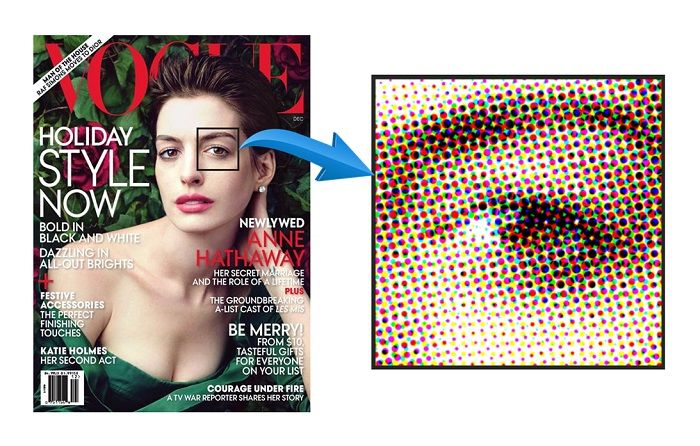
How are the Halftones Created?
When a digital artwork file is submitted for printing, your printer's prepress department will use specialized software to analyze
the colors within the file. The software then uses this information to create
grids of halftone dots.
For full color images, the software separates the artwork file into four unique files of colored halftone dots (cyan, magenta, yellow, and black). This allows the printing press to lay down these four colors individually, with each halftone layer gradually "building" the full color image on the paper substrate as it moves through the press.
Monochrome Printing
Though up to now we have discussed CMYK printing, the
halftone technique is not just for printing full color images. Monochrome
images are commonly printed using halftones. For example, Grayscale images are created using only the black ink
color, varying the spacing and sizing of the halftone dots to give the illusion
of gradient color transitions between multiple shades of gray.
A Final Word…
Halftone printing is the foundation of commercial printing. It
not only allows a printing press to simulate continuous imagery, it also saves
print customers money because it reduces the amount of ink required to print
photographs with intricate details and gradients.
Have Questions? Color Vision Printing is here to help!
If you have any print-related questions or want to discuss
an upcoming project, be sure to get in touch with Color Vision Printing.
Our professional and experienced staff is always ready to
serve you. Plus, you'll be pleased with our affordable pricing on digital
printing, offset printing, finishing, and binding.
We are always happy to discuss your print projects and share
ideas, so give us a call at 800-543-6299. Or, use our Quote Request
form to submit your specifications and we will email you a quote.
As always, we look forward to assisting with your custom
printing needs!
Related Articles
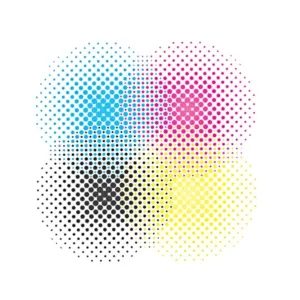
Commercial Printing: What does “Halftone” mean?
Read This Article
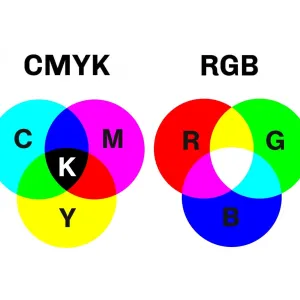
The Difference between CMYK and RGB Color Models
Read This Article
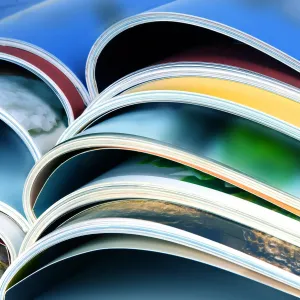
Printing Ink: What does “Heavy Coverage” mean?
Read This Article
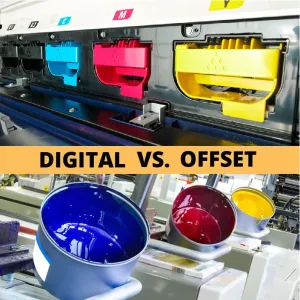
Which Process is Better? Digital Printing vs Offset Printing
Read This Article